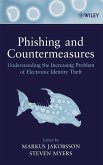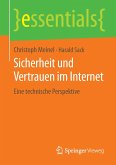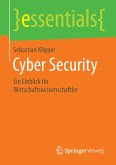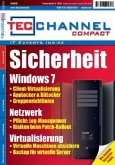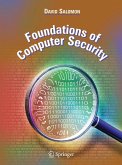- This much-anticipated revision, written by the ultimate group of top security experts in the world, features 40 percent new content on how to find security holes in any operating system or application
- New material addresses the many new exploitation techniques that have been discovered since the first edition, including attacking "unbreakable" software packages such as McAfee's Entercept, Mac OS X, XP, Office 2003, and Vista
- Also features the first-ever published information on exploiting Cisco's IOS, with content that has never before been explored
- The companion Web site features downloadable code files
The black hats have kept up with security enhancements. Have you?
In the technological arena, three years is a lifetime. Since the first edition of this book was published in 2004, built-in security measures on compilers and operating systems have become commonplace, but are still far from perfect. Arbitrary-code execution vulnerabilities still allow attackers to run code of their choice on your system--with disastrous results.
In a nutshell, this book is about code and data and what happens when the two become confused. You'll work with the basic building blocks of security bugs--assembler, source code, the stack, the heap, and so on. You'll experiment, explore, and understand the systems you're running--and how to better protect them.
_ Become familiar with security holes in Windows, Linux, Solaris, Mac OS X, and Cisco's IOS
_
Learn how to write customized tools to protect your systems, not just how to use ready-made ones
_
Use a working exploit to verify your assessment when auditing a network
_
Use proof-of-concept exploits to rate the significance of bugs in software you're developing
_
Assess the quality of purchased security products by performing penetration tests based on the information in this book
_
Understand how bugs are found and how exploits work at the lowest level
- New material addresses the many new exploitation techniques that have been discovered since the first edition, including attacking "unbreakable" software packages such as McAfee's Entercept, Mac OS X, XP, Office 2003, and Vista
- Also features the first-ever published information on exploiting Cisco's IOS, with content that has never before been explored
- The companion Web site features downloadable code files
The black hats have kept up with security enhancements. Have you?
In the technological arena, three years is a lifetime. Since the first edition of this book was published in 2004, built-in security measures on compilers and operating systems have become commonplace, but are still far from perfect. Arbitrary-code execution vulnerabilities still allow attackers to run code of their choice on your system--with disastrous results.
In a nutshell, this book is about code and data and what happens when the two become confused. You'll work with the basic building blocks of security bugs--assembler, source code, the stack, the heap, and so on. You'll experiment, explore, and understand the systems you're running--and how to better protect them.
_ Become familiar with security holes in Windows, Linux, Solaris, Mac OS X, and Cisco's IOS
_
Learn how to write customized tools to protect your systems, not just how to use ready-made ones
_
Use a working exploit to verify your assessment when auditing a network
_
Use proof-of-concept exploits to rate the significance of bugs in software you're developing
_
Assess the quality of purchased security products by performing penetration tests based on the information in this book
_
Understand how bugs are found and how exploits work at the lowest level


